There are three different species of snipe that migrate to France: the Common snipe (a few hundred nest in France), the Jack snipe, and very occasionally the Great snipe. Let's take a look at these three birds and see how we hunt them.
Below are examples of the three snipes (these were all shot on the same day). From left to right: Great snipe, Common snipe, and Jack snipe.
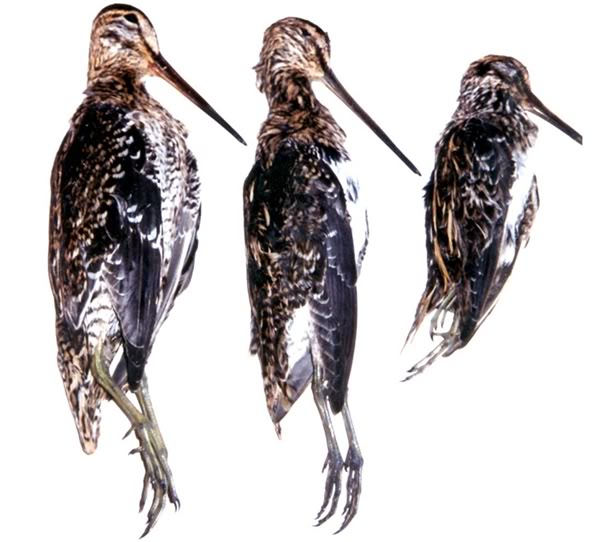
The Great Snipe (Gallinago media)
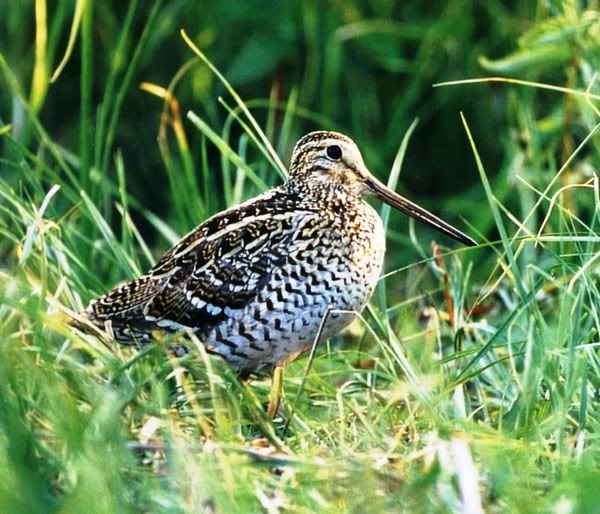
The Great snipe is a bit bigger than the Common snipe. It has been strictly protected since 1979. Before this time, bagging one was a dream for every French snipe hunter as they are very uncommon. Normally they migrate from their nesting areas (Norway and Eastern Europe) to their wintering place in Africa making very short stops for a few hours or not at all, and their flyway is east of France. Some individual birds get lost and come to France, mainly in August. Their protection doesn't help the species, as those seen in France are lost and will never fly back to their nesting ground. When it was still legal to shoot the Great snipe I was lucky enough to kill two of them in ten years. There is of course no special way of hunting Great snipe, they were occasionally shot when hunting the Common. They are very easy to kill as they fly straight and heavily and don't go further than a few hundred yards. They are very easy to recognize by their size (looking like a small woodcock) and their flight. In hand they have the outside tail feathers white, barred feathers on the belly, and a bill slightly shorter than those of the Common snipe.
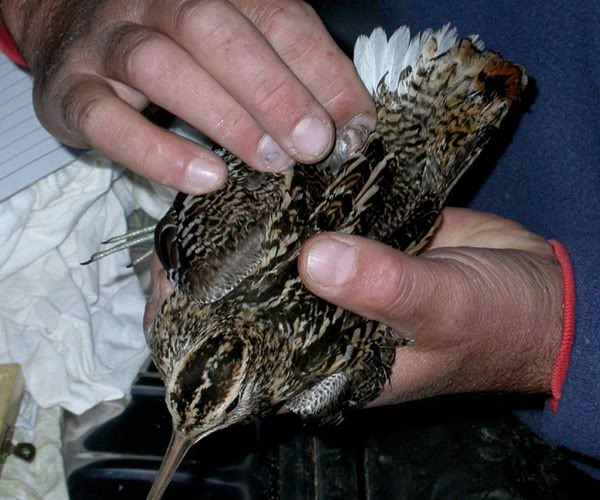
The Jack Snipe (Lymnocryptes minimus)
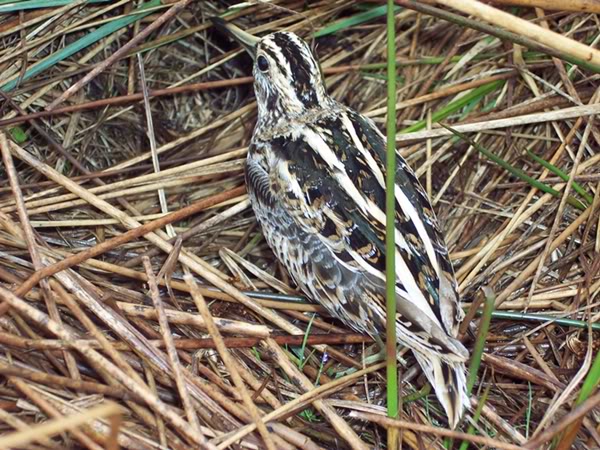
The Jack snipe is roughly half the size and the weight of a Common snipe. It spends both day and night in marshes, often in sedges and doesn't live nor feed on the wet meadows. In French it is called the "deaf snipe" a name due to its behavior. Contrary to the Common snipe its strategy to escape from predators and hunters is by not moving at all staying in medium size grass where it is very mimetic. It also has a very light smell and is therefore not as easily detected by dogs. Normally you never see them during the day unless you flush them by chance. They fly, move and feed during the night. While usually waiting until the last minute they fly, their flight is very special. The great snipe is not as fast as Common snipe and so the bird is easier to kill. But, if there is some wind it somewhat moves with it like a butterfly or a leaf. It has a reputation as being one of the most difficult bird to knock down, much more than the Common when the wind blows.
I remember a windy day which was the last one of the season. I shot at five Jacks with ten cartridges and one Common snipe with one cartridge. I came home with only the Common snipe. If you miss it or can't shoot it when it takes off it usually doesn't go far. So you spot the exact place where you saw it go down and go straight there with your dog. Surprise! There is nothing! What happened? The Jack has several tricks. One is to get close to the ground and there fly away very low in order to not be seen, and in fact you don't see it! It can also land and then it runs so quickly that by the time you and your dog get to the right place it is twenty or thirty yards away and in the thickest grass. It can also drop suddenly into very unusual places such as thick bushes or high reeds where you wouldn't expect it to.
But the most frequently used trick for the Jack is to land in a small hollow place and hold there without movement. It gives off no scent since there is no wind in the grass at ground level. In that situation in order to smell the bird the dog's nose has to be within inches of the bird. Living in very wet marshes, impossible to detect without a pointing dog or a retriever, and very difficult to hit when windy all make the Jack snipe a game for real specialists.
The Jack snipe is not as common as the Common snipe and is always scarce. In a bag of 100 snipes there will be between 15 and 20 Jacks with the others being Common snipe. But if the birds are driven or if you hunt wet meadows with your dog there will be no Jacks found at all. In respect of ornithological research which many of the members of my Snipe Hunting Club are involved in there has been for a few years an impressive program of snipes ringing (about 1,200 every year). One of the methods used to catch Jack snipes is to have it first pointed by a dog and then to put a net on it. It can be either a deep net held by one guy or a large horizontal net called a "table cloth" carried by four people of the ringing team. This net is usually thrown over the dog and presumably the invisible snipe. This is another way of hunting and was the method used prior to the invention of the firearm. Of course the birds are measured, weighted, aged, sexed, ringed and then released.
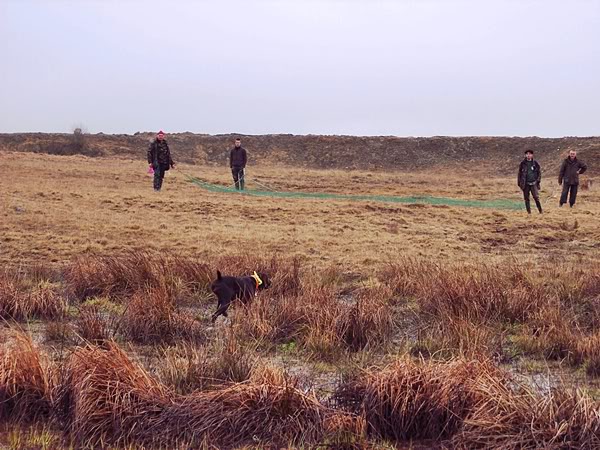
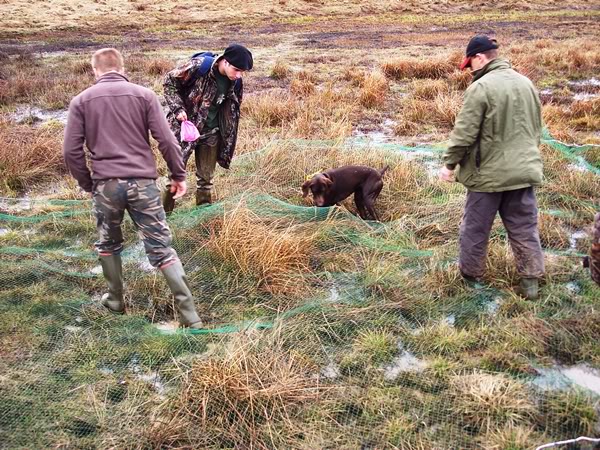
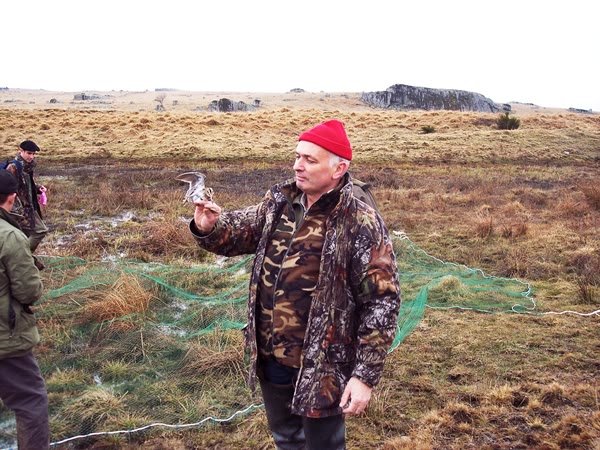 :
:
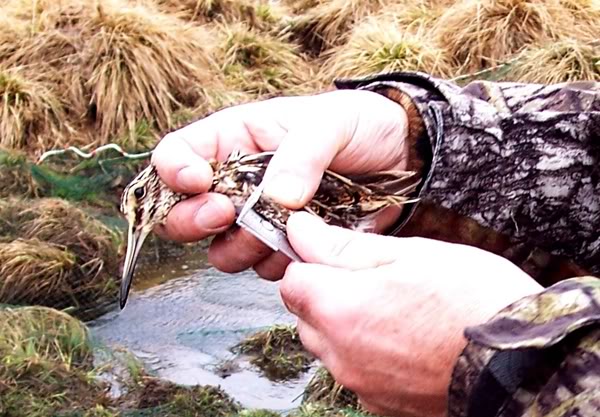
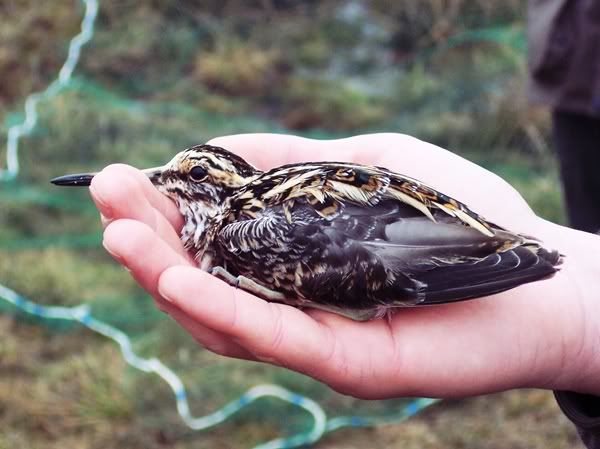
The Common snipe (Gallinago gallinago gallinago)
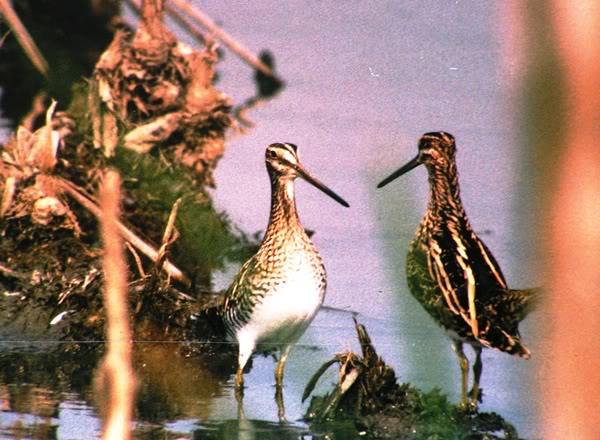
Our European Common snipe is so close to the Wilson's snipe of North America that until a few years ago they were supposed to be two sub-species rather than two distinctly different species, the American bird being called Gallinago gallinago delicata. In 2002 the Wilson's snipe became Gallinago delicata, a species of its own. But the pattern of the plumage and the behavior of the bird has not changed and they are essentially the same as those of the European snipe. It is useless to describe differences, because they only consist of the Wilson's snipe having 14 tail feathers instead of the 16 of the Common snipe, and less stripes on the inside of the wings.
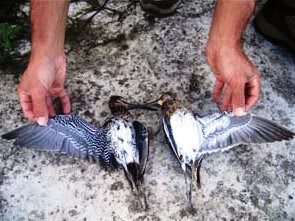
There are several ways to hunt snipe. The most common is to walk with a dog (pointing or retriever) and shoot them as soon as they flush.
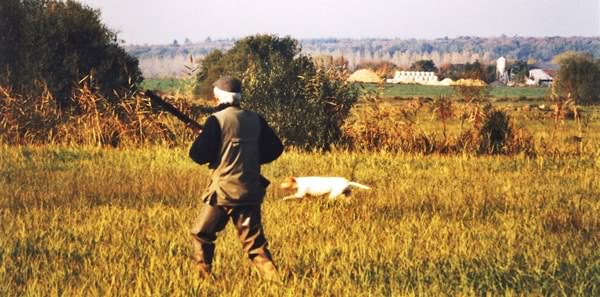
As you will find everywhere, sometimes they lie quietly and the dog can point them easily, and they take off one by one. At other times there is no way to get closer to them than a hundred yards and all of them fly away at once, screaming their familiar raspy call as they go. Some people don't use dogs. To me it's first of all a pity, but it's also a shame because they often lose wounded birds or ones that have fallen in the reeds. The bag is unpredictable and can go from nothing to twenty snipes.
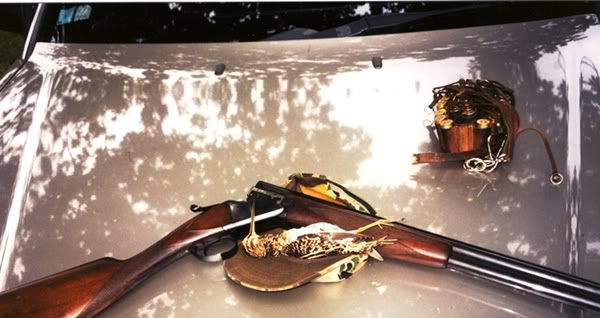
In some particular regions snipes can be hunted from a boat. This happens in large marshes with small islands. The boats used are very flat and power is provided by a guide that poles them along.
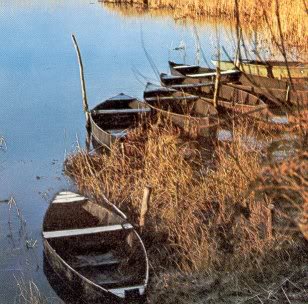
He pushes the boat very slowly to the bank of the island while the shooter is hidden behind the bordage. When the snipe (or snipes) flush, he has to kneel and try to hit one. It's very difficult but very exciting. Unfortunately this hunting method is limited to special areas and special time when the water is rising and the snipes have to stay on the banks.
Another way of hunting snipes is to drive them. Depending of the size of the hunting area, a number of hunters hide in a line while two or more hunters with dogs walk towards them flushing the snipes so they fly fly over the line. To be successful this method needs to place the line of shooters with the wind blowing at their back while the walkers must walk facing the wind. Obviously it's more a matter of shooting than hunting. The use of good retrievers is a must. The bag can be big but to drive snipes you need many shooters and a vast area which is hunted no more than three or four times a year and sometimes only once.
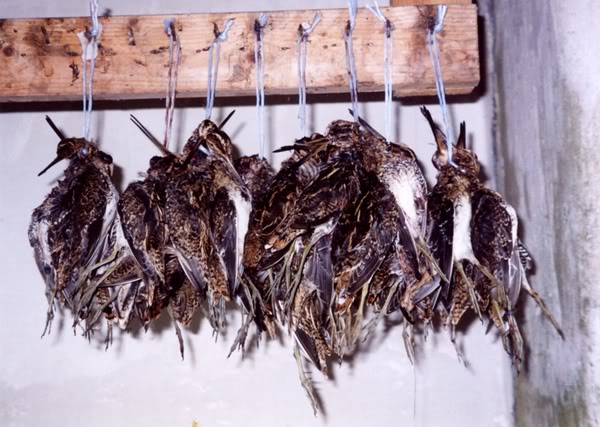
At times two or three hunters can also use this method just for a special area where it's impossible to walk close enough to the snipes. Two people hide downwind while one is walking toward them facing the wind. This is not the best way of hunting, it's just a trick in some places.
The last method is for a hunter to hide himself at dawn or twilight in place where he knows snipes will come and shoot them when they fly above him or when they are landing. This is probably the most difficult shot that can exist as the birds are dropping rapidly in the half-light. As soon as you see the bird you must shoot below it. Most of the time you will still shoot above it and be left with nothing but the familiar sound of its call as it is flying off. But, it's a marvelous moment when you hear the birds landing around you. You can't see them but you know they are there, And when you do see one, you shoot and miss and then you hear all of the ones that have landed taking off and screaming as they fly away.
For the purpose of ringing snipes are caught in deep nets, high Japanese nets, or in cages.
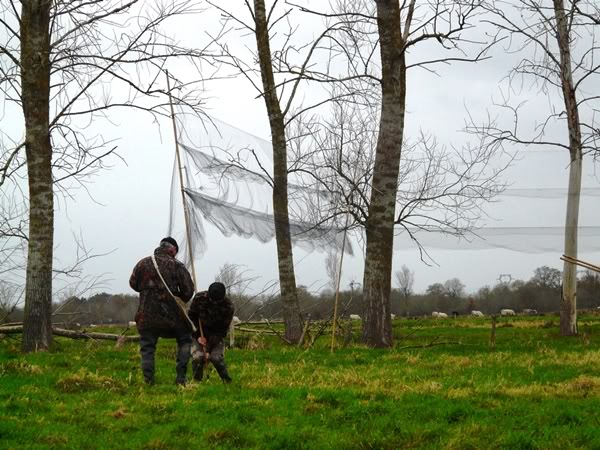
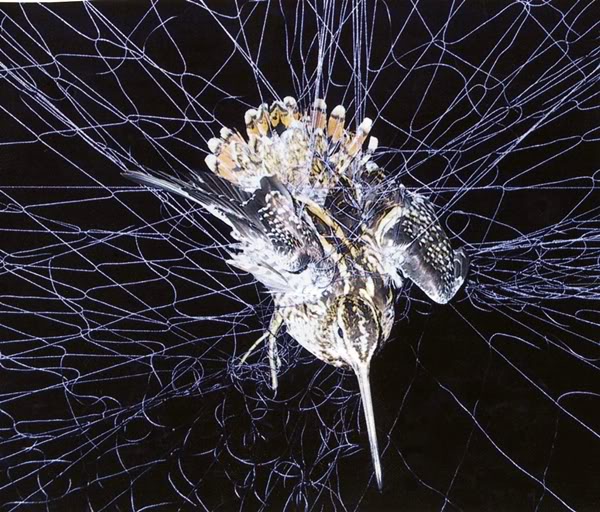
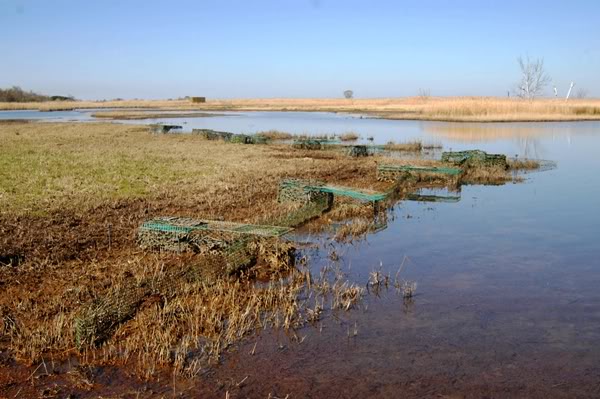
In some parts of France where there are large reed areas, hunters make special places for snipe by cutting the reeds and burning or scratching the upper part of the soil while it's dry.
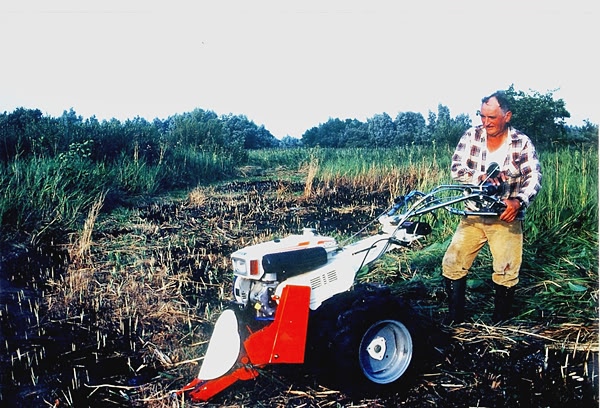
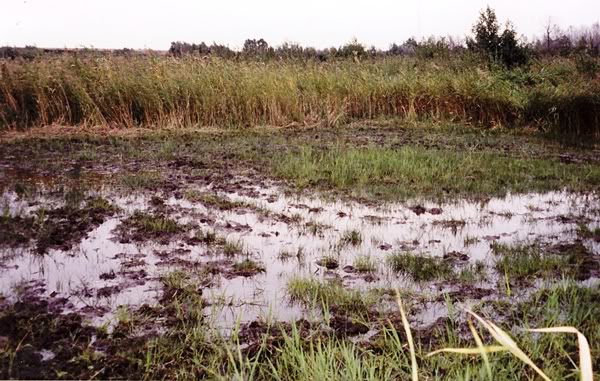
Afterward they flood it or wait for the rain. Hunting this places is very peculiar. You can't use a pointing dog as there is not enough space. A retriever will run around the place, flush the Jack snipes and the Common snipes and of course retrieve in the reeds. Most of the time when a snipe rises up you have to shoot at a glance as you won't have a second chance. The snipe rises to the top of the reeds and then disappears flying horizontally.
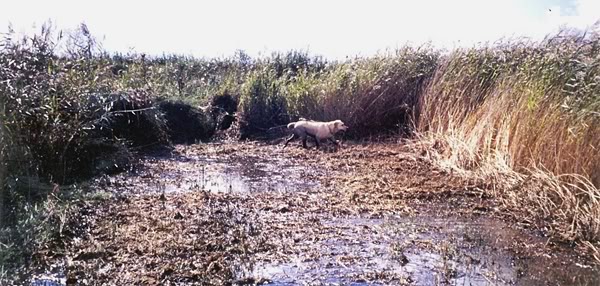
The last study, which is now ten years old, estimated that there were approximately 1,600 hunters specializing in snipe in France (and many occasional shooters). It showed that the French hunters' total bag was 275,000 for Common snipe and 49,600 for Jack snipe (Year 1998-1999). Since then the number of French hunters has been cut in half and the hunting season by a third. It used to be from mid-July to end of March, and it is now mid-August to end of January. So we can imagine that the bag has shrunk considerably. But our main concern is the draining of bogs and marshes. We just hope that we will continue to hunt snipes for many decades.
Patrice Fevrier
President of the French Snipe Hunters


